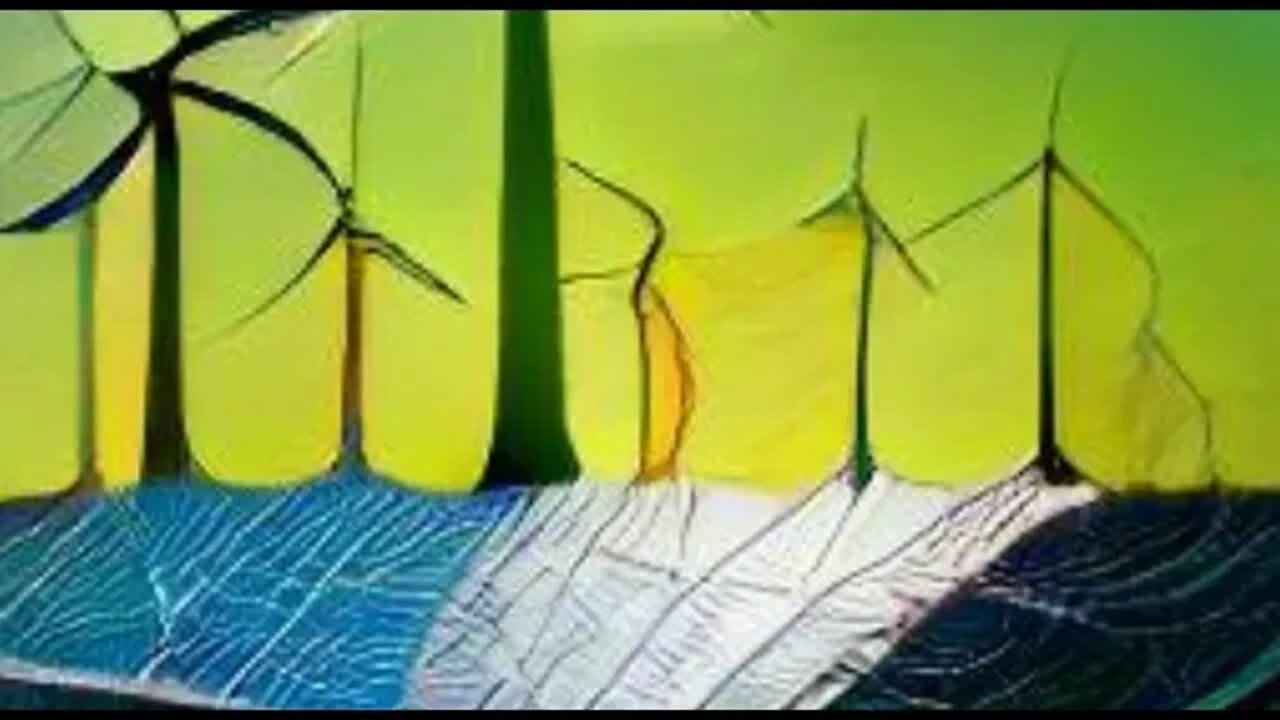Premium Only Content

Long story about the Hydrogen economy
From time to time I like to think about stuff and this is what I think the hydrogen economy is about. Although this video is about New Zealand, Australia and Japan, and to some extent Singapore and South Korea. You can think about what I am saying and apply it to your country too. The factors that are important are important in most locations.
Hydrogen fuelled vehicle and fuel trade in New Zealand will harm most kiwi households:
***
Some points about the current and near future electrical and hydrogen energy market.
1. Trucks are best for short delivery runs. Major companies are already building and selling battery powered trucks, they are not optimal for long-hall, at the present moment - this will change with better batteries. Electric delivery trucks are for the last mile, from the train or terminal to the destination.
2. Trains are six times more efficient than diesel trucks, ships are six times more efficient than diesel trains, we use a lot of costal shipping. But we also use a lot of long hall trucks in New Zealand.
3. Electric trains are powered in most places by overhead wires, they don’t really need batteries. In some cases, and as a bridging technology, a hybrid train with diesel, batteries and overhead power, is a good solution. We should electrify the rest of the railway, Whangarei to Invercargill, it’s a good longterm project. Complete the North island main trunk route, that would be a start.
4. If you are concerned with exporting surplus power from New Zealand, build a cable from Benmore to Manapouri, and across to Tasmania. An HVDC link would have about 25-30% loss across the Tasman. Which is way better than the 50% loss in hydrogen conversion. Which is compounded by a 50% loss a hydrogen vehicle for a total 75% loss. A cable connection can cary power both ways and change direction several times per day, to cover morning, mid-day and evening peaks in both countries.
If you keep going you will get to the natural conclusion.
During the process where hydrogen goes mainstream.
1. They will set up export. Which I speculate, has already been negotiated with Japan and South Korea, that’s why we are getting pushed hydrogen cars already.
2. All the surplus hydrogen will be exported. A tiny amount will be stored locally, not for our use, but in tanks at the shipping terminals, to fill the ships when they arrive from Japan or other countries.
3. Once large scale hydrogen production starts in New Zealand, the plants will absorb all the cheap off-peak electricity. Which means the average bid price on the spot energy market will go up, and your power bill and my power bill will go up. It will never go back down, because there will always be a bidder of last resort, the hydrogen company bid up the price, all of the time, all the hours of the night, all the days of the year.
***
The conclusion:
To say it again, all the people (businesses) who want hydrogen in New Zealand, also want everyone to pay more for electricity. The hydrogen market and the electricity market will be tightly coupled.
***
Electric car drivers will pay more too. Because there will be no overnight cheap power rates.
Retired people and the poor will pay more too. If you want people in New Zealand to be in energy poverty, then export the energy. This is what the hydrogen people are asking for.
People running business with processes that run 24/7 will pay more too. If your factory runs through the night, and you use cheap off-peak electricity to power that factory, you will pay more too. In some cases your company will become unprofitable. So if you want business to go broke, export the off-peak electricity as hydrogen.
The reason why I promote a Tasman cable, is because it is more efficient for the planet, as a whole to build it. Energy policies and emissions policies and farming policies, only make sense if you look at the planet as a whole. Which means that emissions need to be concidered per country as a ratio to food production, not to domestic human population. This is a complex paragraph and needs its own explanation.
On the cable to Tasmania:
South Australia has a huge day time power peak (cheap power), due to all the solar, they also have a breakfast and dinnertime price peak (low supply). They have a battery peaker supply, it is a huge Tesla battery. They are building more of them, because they are better than hydrogen storage, or natural gas powered plants. It already, is better, to use batteries for this, than almost anything else.
A cable would be helpful, but it is used in slightly different circumstances, batteries are good for a few minutes or an hour or two. Cables are better for longer duration shortages or surpluses. Examples: a dry season in Australia or New Zealand, but not both countries, means that a cable could supply continuous gigawatt scale power relief for weeks or months at a time. Batteries only minutes or hours.
-
 LIVE
LIVE
Game On!
9 hours ago $3.54 earnedJameis Winston and the Browns UPSET the Steelers in a blizzard!
1,661 watching -
 12:59
12:59
Film Threat
14 hours agoGLADIATOR II EARLY REVIEW | Film Threat Reviews
16.6K2 -
 11:22
11:22
IsaacButterfield
1 day ago $2.88 earnedThe Shocking Truth About Fat Kids! (Ozempic For 6 year olds)
11K13 -
 1:02:48
1:02:48
PMG
1 day ago $4.74 earned"Missiles FIRED! Russia Hit By Ukraine!!! IS THIS WWIII?!"
8.36K1 -
 10:34
10:34
justintech
20 hours ago $16.85 earnedBest Gaming PC Under $1000! - In 2024
56.8K8 -
 9:34
9:34
Dr David Jockers
17 hours ago $14.20 earnedThe Shocking Truth About Butter
103K7 -
 9:05
9:05
Bearing
1 day agoJaguar's Woke New Ad is SHOCKINGLY Bad 😬
43.4K106 -
 7:55
7:55
Chris From The 740
16 hours ago $10.35 earnedWill The AK Project Function - Let's Head To The Range And Find Out
30K9 -
 2:39
2:39
BIG NEM
13 hours agoHygiene HORROR: The "Yurt Incident"
20.7K2 -
 3:19:21
3:19:21
Price of Reason
16 hours agoHollywood Celebrities FLEE the US After Trump Win! Wicked Movie Review! Gaming Journos MAD at Elon!
112K76